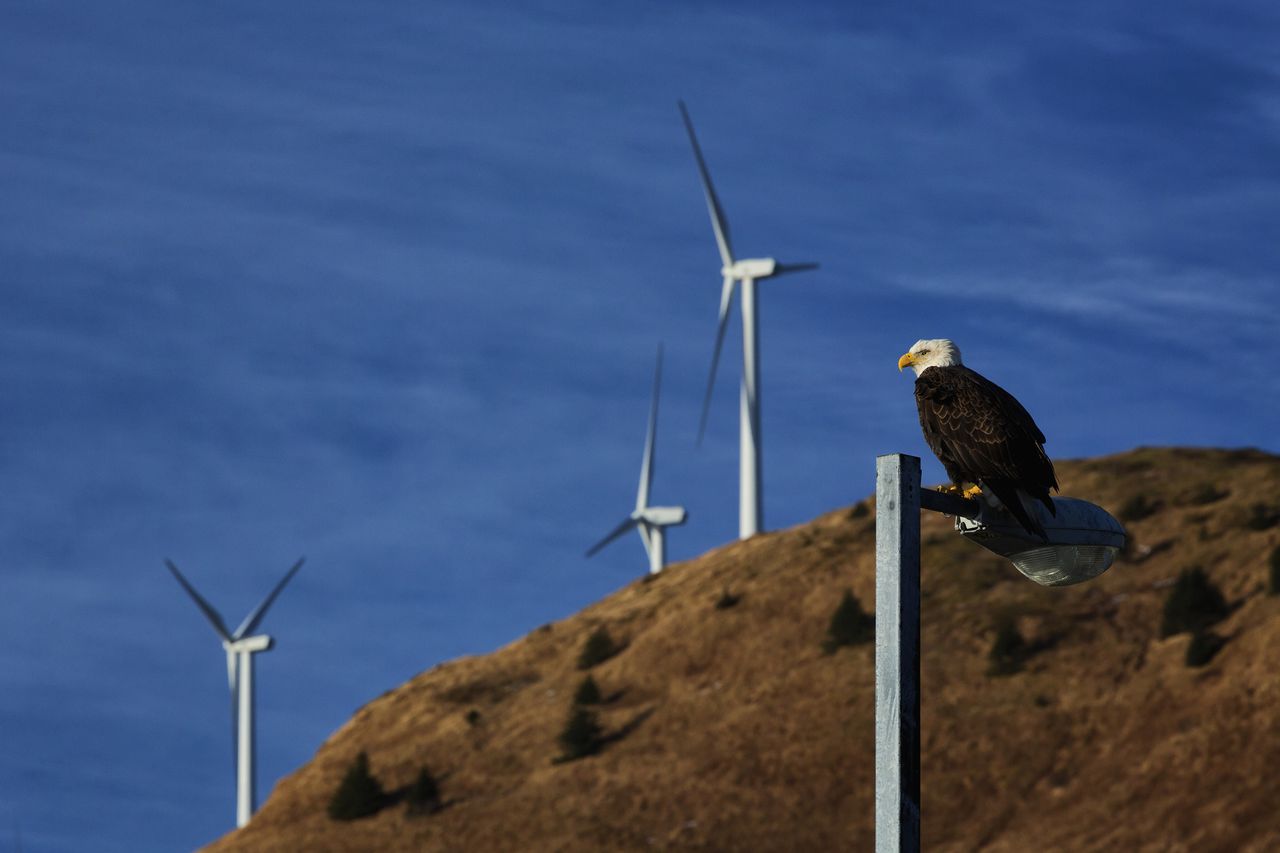Can wind turbines save the birds from being extinct?
Amid America’s fluctuating commitment to green energy, shaped by changing political landscapes and varying state policies, renewable energy often finds itself misrepresented in negative narratives. While some criticisms hold a grain of truth, many are baseless or exaggerated.
For example:
Solar panels don’t work when it’s cloudy — debunked.
Renewable energy is too expensive — It’s only getting cheaper.
Renewables require too much land to work efficiently — not true.
The list goes on. But since it’s National Bird Day, let’s look at one of the more repetitive claims around our winged friends: Wind turbines kill millions of birds every year, more than fossil fuels. While it’s true that wind turbines do lead to bird fatalities, the scale and impact of these deaths are often overstated and pale in comparison to the threat posed by other human-related activities.
Based on a series of studies from 2013 and 2014, it’s estimated that between 140,000 and 679,000 birds were killed annually by wind turbines in the U.S. Even though this figure likely underestimates the true extent, as many bird fatalities go undetected, the number is significantly lower than other causes of bird deaths.
Joel Merriman, the bird-smart wind energy campaign director for the American Bird Conservancy, used wind turbine data from 2021 to extrapolate how many more bird deaths there may have been since the 2013 and 2014 studies. He believes the better average to be around 538,000 deaths per year but says other estimates could place it as high as 1 million.
Sounds like a lot. It’s not.
Collisions with buildings and attacks by domestic cats account for a much higher number of bird fatalities annually, with estimates reaching up to 988 million and 4 billion, respectively.
Additionally, a significant number of birds, ranging from 12 to 64 million each year in the U.S., fall victim to power lines, which, to be fair, are also necessary for transmitting electricity from both wind and other energy sources to consumers.
Wind turbine deaths account for around 0.017% of cat-related bird deaths, while that figure increases slightly to 00.69% for buildings. In contrast, fossil fuel-burning power plants kill about 35 times more birds per gigawatt hour than wind turbines at around 24 million in total.
“It’s clear that we must act on our shared sense of urgency to reverse the effects of climate change, and that means a rapid shift to clean energy,” said Merriman in a recent article he authored. “But we have to do it right. We can’t throw caution to the wind when it comes to our vulnerable and declining bird populations.”
But that’s just generating the power. While it’s challenging to quantify the exact number of bird deaths caused by fossil fuels, the indirect impacts through environmental changes are substantial and far-reaching.
Clearing bayous in Louisiana for petrochemical or liquefied natural gas terminals can also disturb and kill large bird populations. Slicing off the top of hills and mountains to make way for different types of mines also accounts for a large number of deaths.
Around 1 million birds a year are killed from just ingesting plastic.
But more than anything, the rapidly changing climate, mainly driven by fossil fuel consumption, poses a far more significant and long-term threat to birds through habitat destruction, extreme weather events, and ecological shifts.
According to multiple studies, the development of wind energy is part of the solution to saving more birds.
The latest wind turbine designs and how they are planned will likely slash the number of bird deaths in the future, according to one report. The simplest way to preserve birds, notes the report, is to ensure that wind farms are in areas away from significant bird habitats and their migratory paths. Boom boxes are another solution, emitting high-frequency sounds that can deter bats and birds. Painting the wind turbines purple is another solution since the insects birds most want to eat are less attracted to that color. New designs, radar, and GPS are also expected to help.
